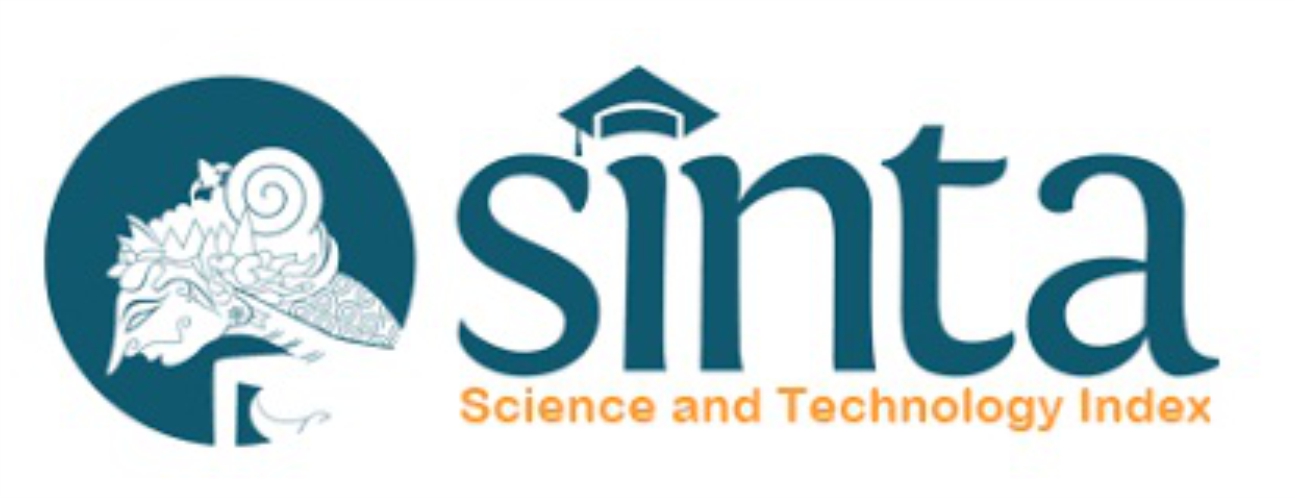Efektivitas Ondansetron sebagai Profilaksis Mual dan Muntah pada Pasien Kanker Payudara Stadium 3 Pasca Kemoterapi
Abstract
Full Text:
PDF (Bahasa Indonesia)References
National Cancer Institute (2022). Cancer Facts and Figures. Available on https://www.cancer.gov/
National Cancer Institute (2015). ‘What Is Cancer?’. Available on https://www.cancer.gov/
Pusat Data Kementerian Kesehatan Republik Indonesia. (2019) Infodatin Beban Kanker di Indonesia. Available on https://pusdatin.kemkes.or/download
National Comprehensive Cancer Network Guidelines for Patients version 1.2016. (2016). Nausea and Vomitting. Available on https://www.nccn.org/patients
Antonarakis, E. S. and Hain, R. D. W. (2004) ‘Nausea and vomiting associated with cancer chemotherapy: Drug management in theory and in practice’, Archives of Disease in Childhood, 89(9), pp. 877–880. DOI: 10.1136/adc.2003.037341.
Lacy, C. F. et al. (2012) Drug Information Handbook. 20 th. American Pharmacist Assosiation: lexi comp.
Nisita, Kenya. (2010). Perbandingan Efektifitas Ondansetron dan Metoklopramid dalam Menekan Mual dan Muntah Paska Laparatomi. Skripsi.Universitas Sebelas Maret.Surakarta
Singh, P., Yoon, S. S. and Kuo, B. (2016) ‘Nausea : a review of pathophysiology and therapeutics’, pp. 98–112. DOI: 10.1177/1756283X15618131.
Wells, B. G. et al. (2017) Pharmacotherapy Handbook. 9th edn. Mississippi: Mc Graw Hill Education.
Herrstedt, J., · Lindberg, S., Petersen, P.C. (2021). Prevention of Chemotherapy Induced Nausea and Vomiting in the Older Patient: Optimizing Outcomes. Drugs & Aging, 39:1–21. DOI: 10.1007/s40266-021-00909-8.
Paolo Baldo, P., Giulia Fornasier, G., Ciolfi, L., Sartor, I., Francescon, S. (2018). Pharamcovigilance in oncology. International Journal of Clinical Pharmacy (2018) 40:832–841. DOI: 10.1007/s11096-018-0706-9
Prieto-Callejero B, Rivera F, Fagundo-Rivera J, Romero A, Romero-Martín M, Gómez-Salgado J, Ruiz-Frutos C. (2020). Relationship between chemotherapy-induced adverse reactions and health-related quality of life in patients with breast cancer. Medicine, 99:33(e21695). DOI: 10.1097/ MD.0000000000021695
IBM. (2018). Aplikasi analisis multivariat dengan program IBM SPSS 25. edisi 9.
DOI: https://doi.org/10.18860/jip.v7i1.16697
Refbacks
- There are currently no refbacks.
Copyright (c) 2022 Journal of Islamic Pharmacy
© 2023 Journal of Islamic Pharmacy













